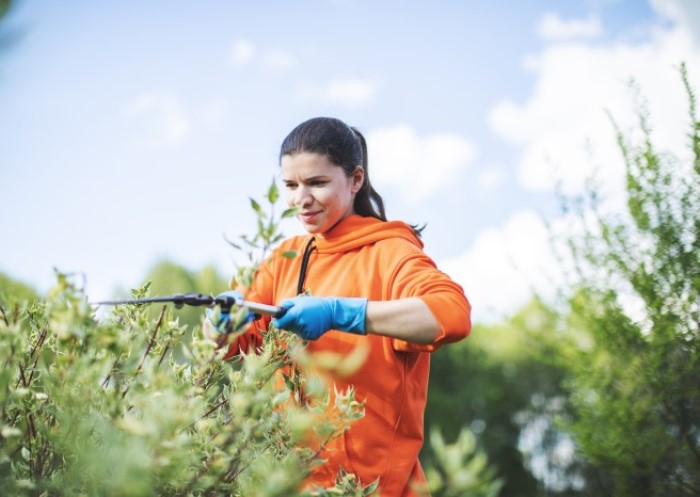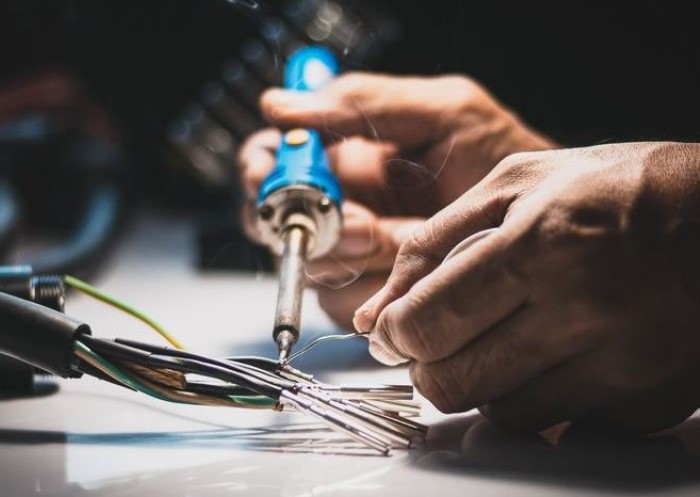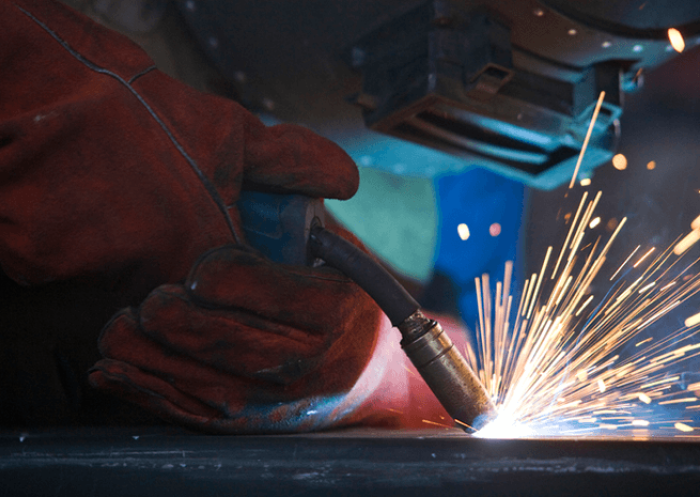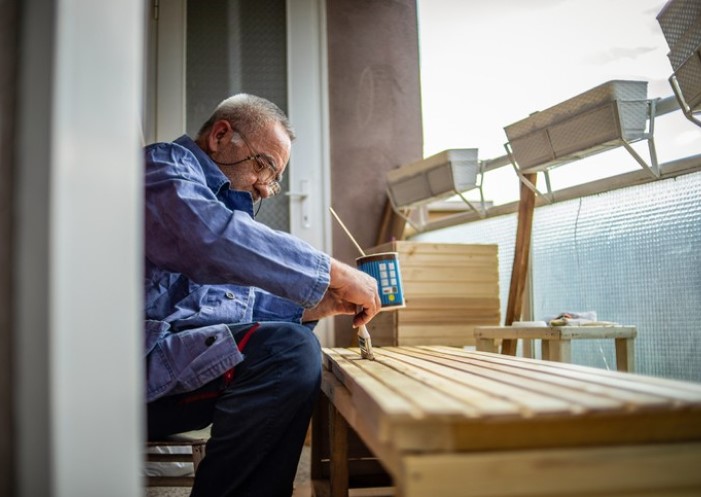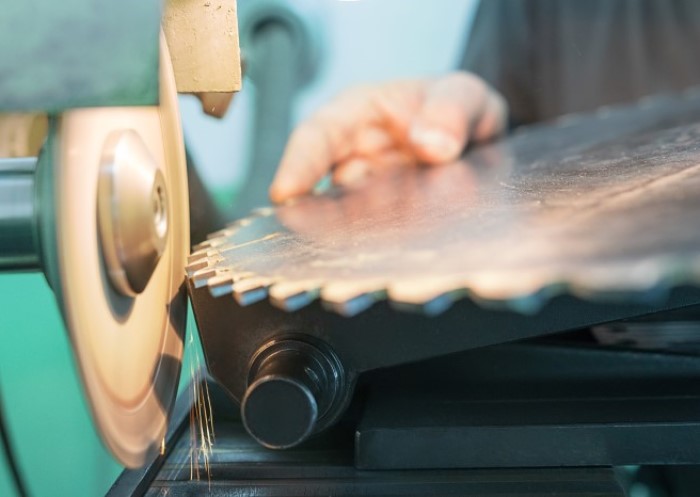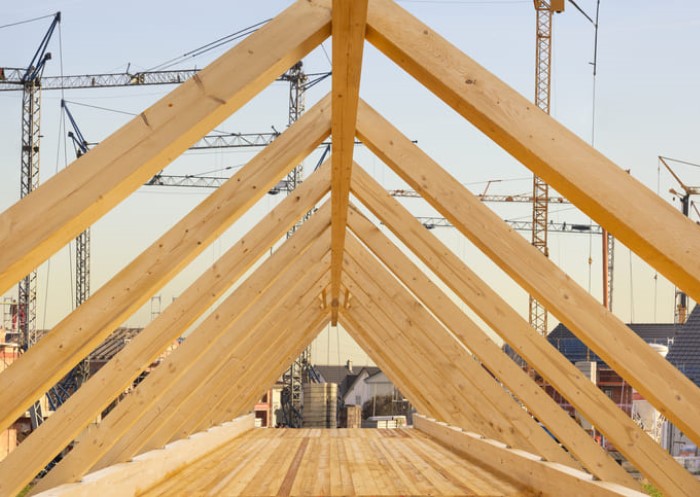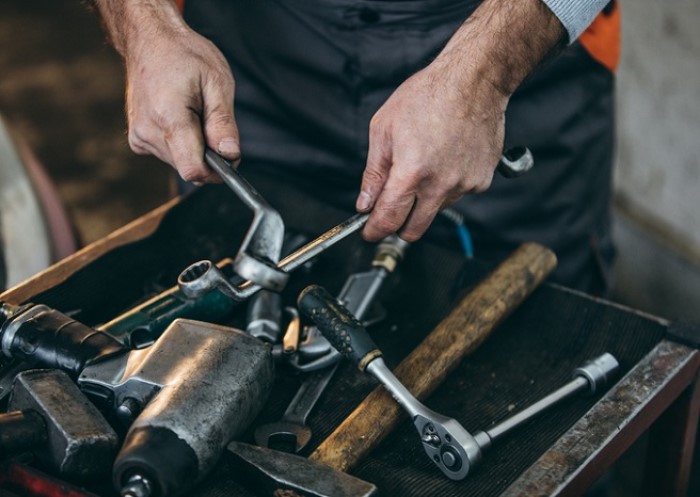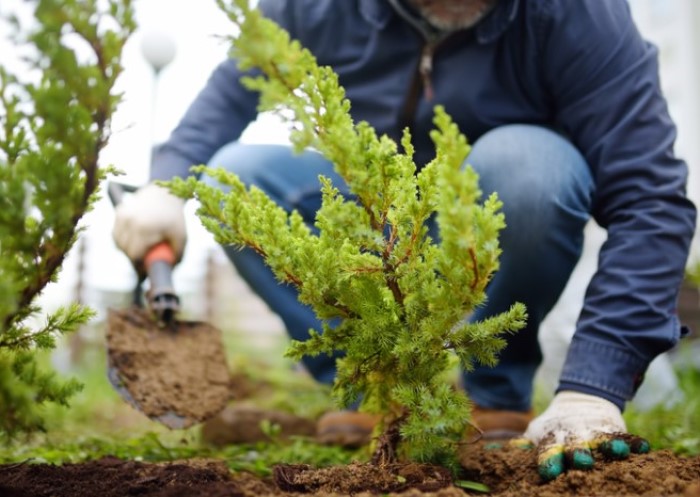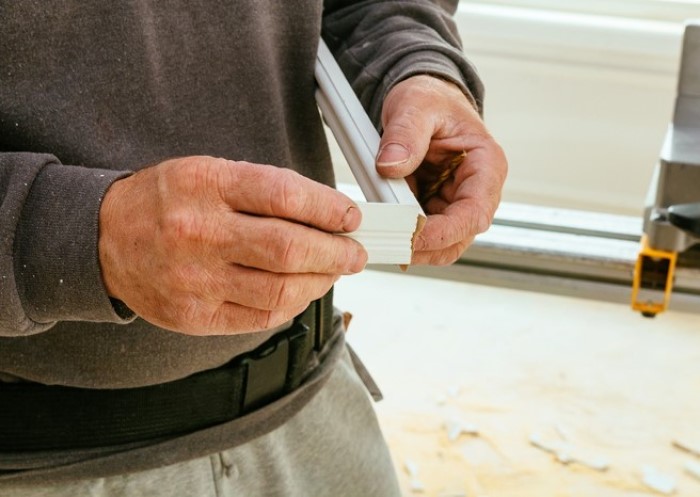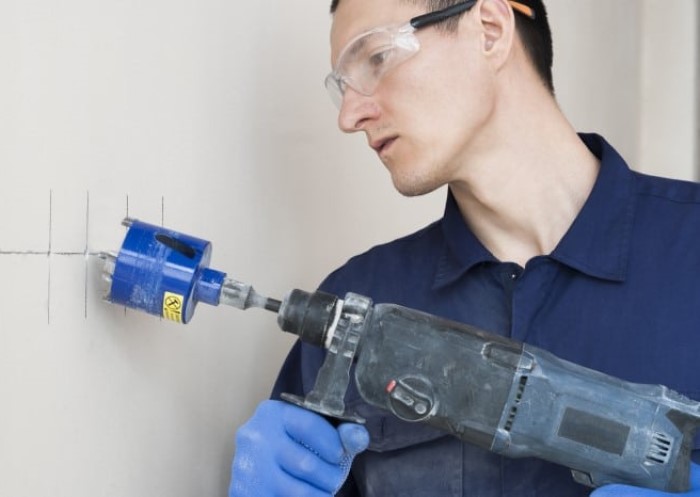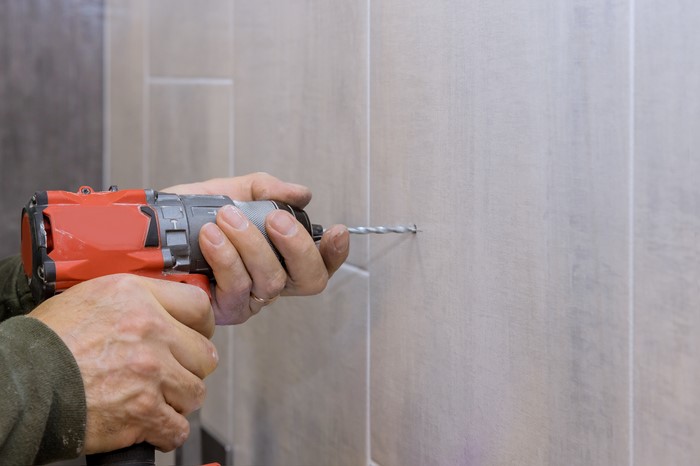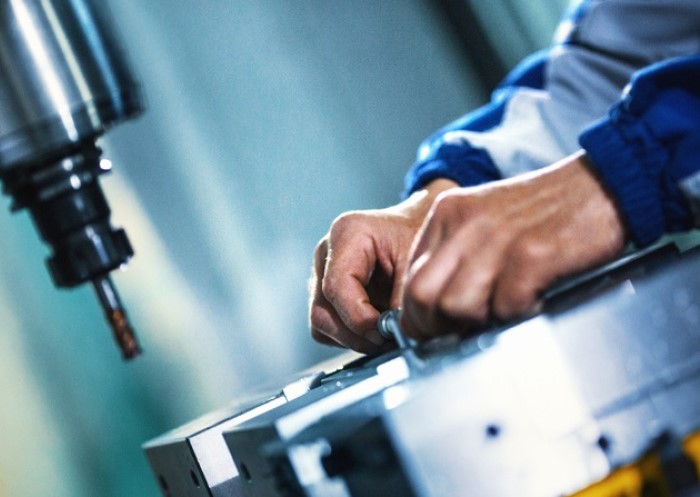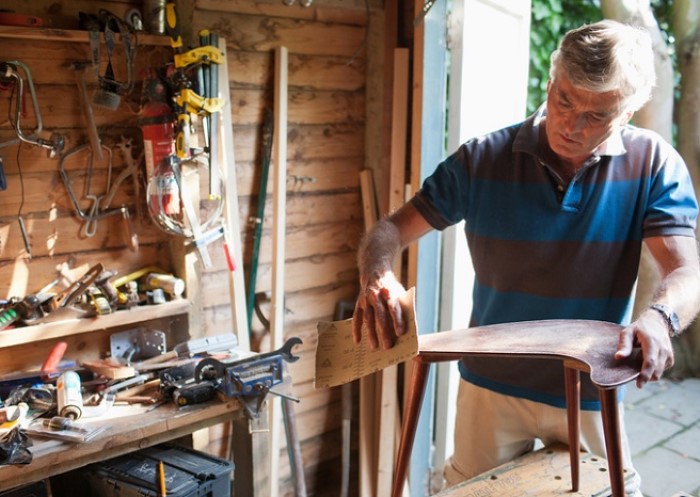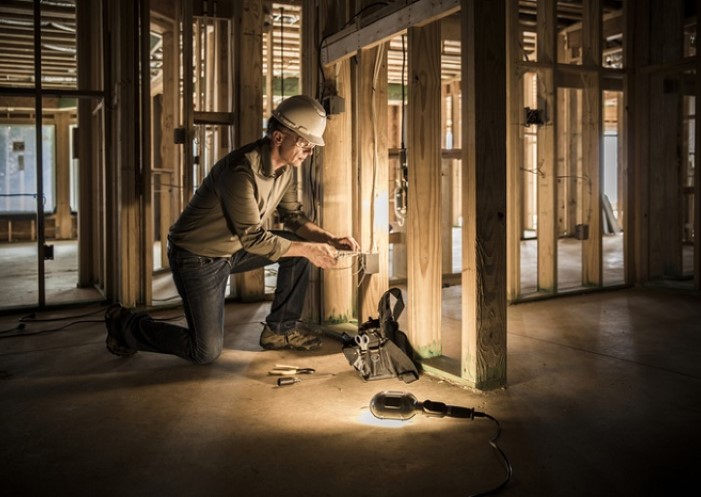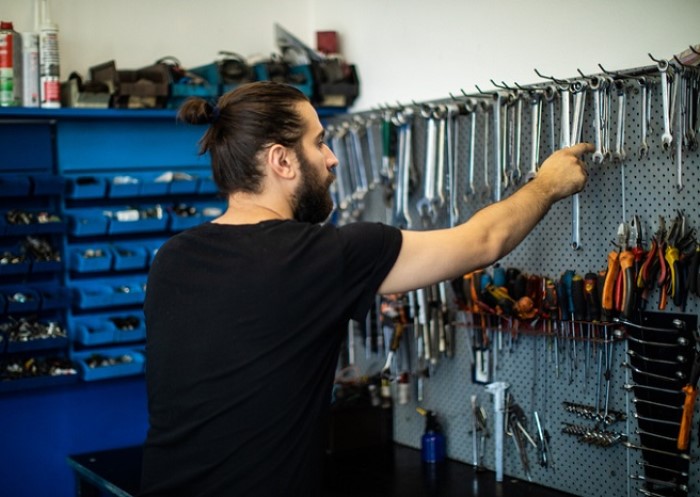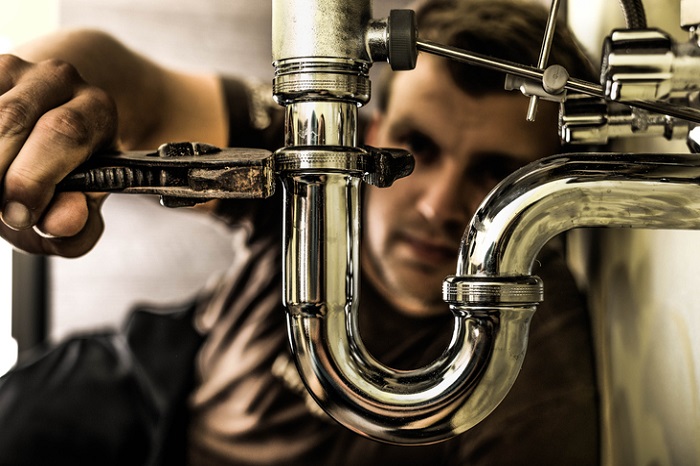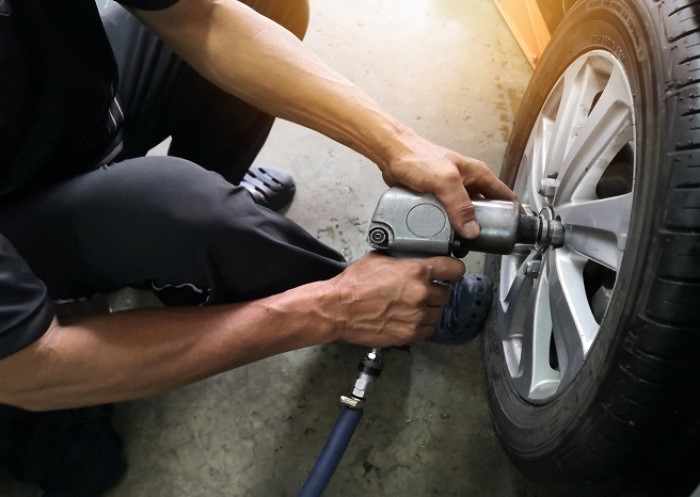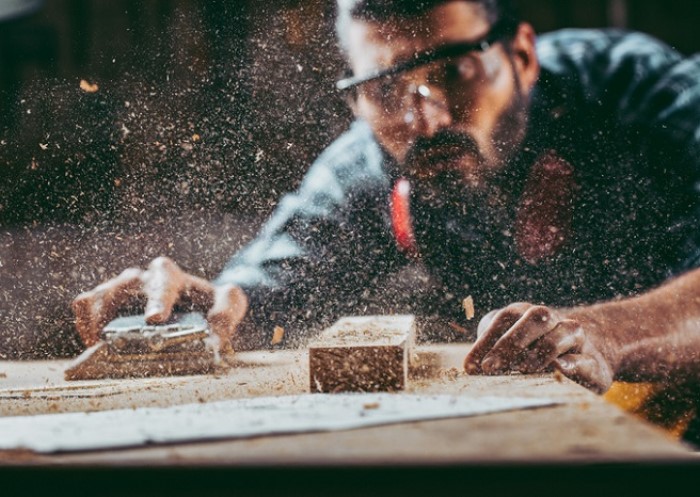Table of contents
Shrubs, bushes, and hedges can be used as both a decorative addition to a garden and a way to provide structure and boundaries. The right care ensures that they can continue to perform both duties.
In addition to fertilising and irrigation, shrub trimming is essential for healthy growth and flowering. Ideally, you want your shrubs to grow densely and evenly, bloom at the right times of the year and not to grow uncontrollably in every-which direction. You can help achieve all of this by cutting bushes and shrubs at the right time and with the correct techniques. This guide will help you recognise when to trim bushes and prune shrubs, as well as how best to do it with a step-by-step guide.
Why is pruning shrubs important?
Shrub pruning is the shortening of branches and shoots with an appropriate tool. This process is necessary for most plants at least once a year and serves several purposes:
- Garden design: Recreate your idea of the perfect garden, e.g. by cutting geometric shapes into your bushes or combining several shrubs into a dense boundary hedge.
- Stimulation of growth and flowering: With regular pruning, you avoid bald spots and ensure that your shrubs grow year after year with abundant flowering and dense foliage.
- Plant health: Targeted thinning and removal of broken branches prevents pathogens or pests from attacking the shrub.
If shrubs are not pruned, they will continue to grow tall. However, they develop significantly fewer flowers because older branches take away nutrients from the young shoots. In addition, foliage moves further and further outwards with the growing branches, and bald patches become more apparent around the trunk.
Different methods for pruning shrubs
The cutting technique you use depends on your ultimate goal. You may, for example, wish to trim a boundary hedge or attempt to bring blooming flowers back to an aged bush. Trimming a hedge might require only simple corrections but more radical pruning is often necessary to bring an old shrub back to life.
Common shrub-trimming techniques include:
- Formative pruning is the first pruning you do once you have planted the shrubs. It is usually carried out after the first winter and the first flowering period. This involves cutting back all branches evenly to give the shrub the desired shape. The main shoots should be retained at all costs, otherwise the shrub will react with very strong budding. This can be difficult to control and requires constant pruning.
- Maintenance pruning helps your shrubs to grow densely and evenly. It is part of regular maintenance gardening. Old and injured branches are thinned out so that the nutrients from the soil can be evenly distributed to young, healthy shoots. When to cut bushes and shrubs back depends on the type and present condition of the plant, as well as how quickly it grows.
- Rejuvenation pruning is about attempting to save shrubs that are already completely out of shape and often with large bald spots or sporadic flowering. To do this, cut back the main branches significantly so that new shoots can form next spring. From these young shoots, you can then rebuild the desired shape.
Then there’s also topiary pruning, which involves cutting shrubs and trees into a desired shape. When should you cut back trees and shrubs to recreate your desired design? The process varies but, as mentioned above, you should wait until the first winter.
When should shrubs be cut back?
The question of the right time for shrub trimming is very common and there is generally no single answer. This is because the optimal time for shrub pruning depends on the species of the plant. Early flowering shrubs are usually pruned immediately after the flowering period, as they create new buds in the fall, ready for the next year. In the case of woody plants that bloom later in the year, these are normally pruned between autumn and the following spring. The last weeks of winter, when the hard frosts are over, are ideal.
If you prune in winter, be sure to choose a dry, frost-free, day. In summer it should not be too hot, and the sky should ideally be overcast. Avoid precipitation and high humidity at any time of the year. By pruning under these ideal conditions, you’ll help the open cuts heal quickly and reduce the risk of bacteria, fungi, or other pests infecting the exposed areas.eten keine Angriffsfläche für Bakterien, Pilze oder andere Schädlinge.
Important! Conifers should not be pruned in their first year so that they can concentrate on root growth. After this time period, you can shorten new shoots as desired to bring the shrub into shape. Avoid cutting back the main shoot of conifers, as these trees cannot produce new shoots from old wood.
Are there any legal considerations when pruning shrubs?
In addition to the plants themselves, there is another aspect that determines when you are allowed to prune your shrubs, namely bird protection. Since shrubs and hedges offer a natural habitat for many animals and wildlife, including nesting birds, the Wildlife and Countryside Act of 1981 prohibits excessive shrub trimming between 1 March and 31 August if you are aware of any active bird nests.
However, if you only want to make minimal corrective cuts or remove diseased parts of the plant, you can do so during summer. The most important thing is to be careful not to disturb breeding birds and other nesting creatures.
Pruning shrubs: Step-by-step guide
Our eight-step guide will show you exactly which tools you will need, what you need to pay attention to, and how to prune most effectively.
- Preparation
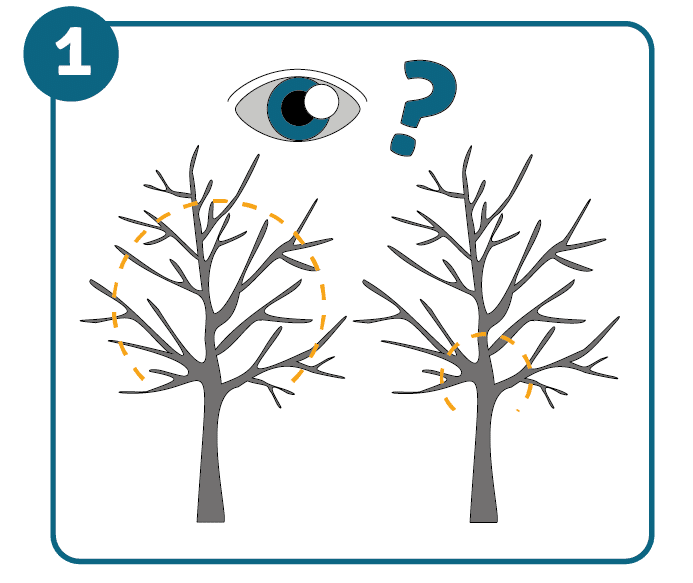 First of all, you should examine your shrubs and get an overview of what needs to be done. Are simple shaping and training cuts enough or do you need to start cutting bushes down to the cane to build a new crown?
First of all, you should examine your shrubs and get an overview of what needs to be done. Are simple shaping and training cuts enough or do you need to start cutting bushes down to the cane to build a new crown? - Check weather conditions
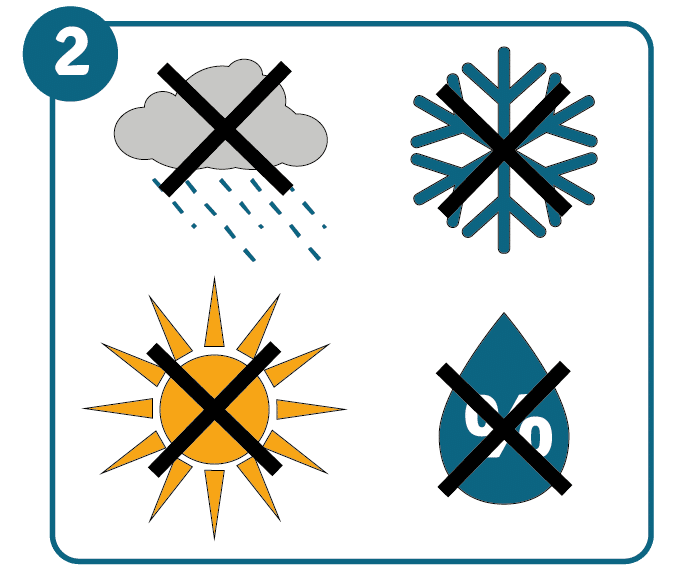 Wait for a day of moderate temperatures with no rainfall reported. Avoid periods of frost and high humidity, as well as the hot summer sun.
Wait for a day of moderate temperatures with no rainfall reported. Avoid periods of frost and high humidity, as well as the hot summer sun. - Preparing the right tools
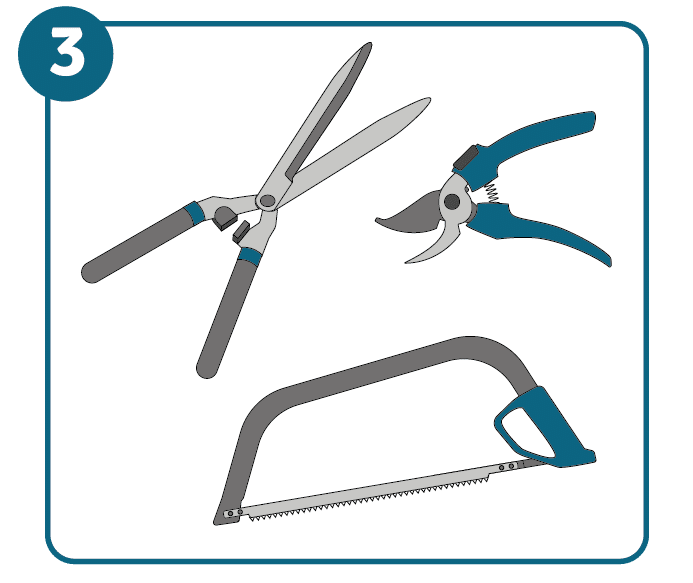 Choose your tools according to the thickness of the branches and shoots. Thin twigs and young shoots are best removed with handy pruning shears. For older and thicker main branches, you can make faster progress with hedge trimmers or hacksaws.
Choose your tools according to the thickness of the branches and shoots. Thin twigs and young shoots are best removed with handy pruning shears. For older and thicker main branches, you can make faster progress with hedge trimmers or hacksaws. - Remove old plant parts
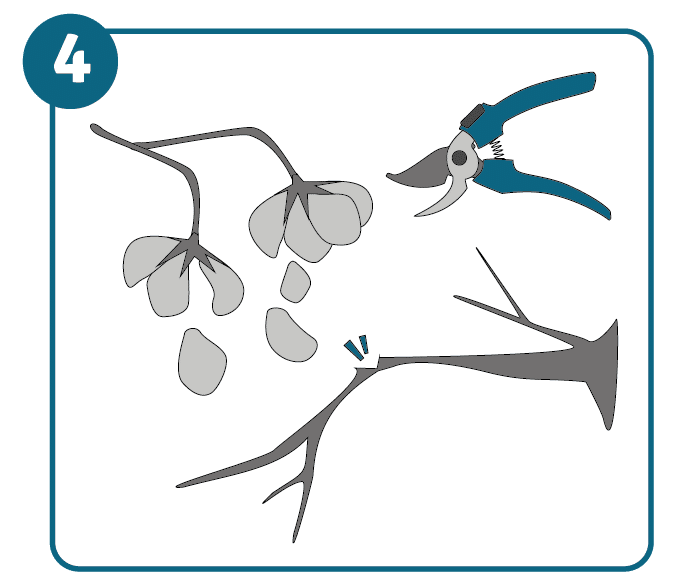 First, remove old growth and any branches that have withered, snapped, or appear diseased.
First, remove old growth and any branches that have withered, snapped, or appear diseased. - Shorten shoots
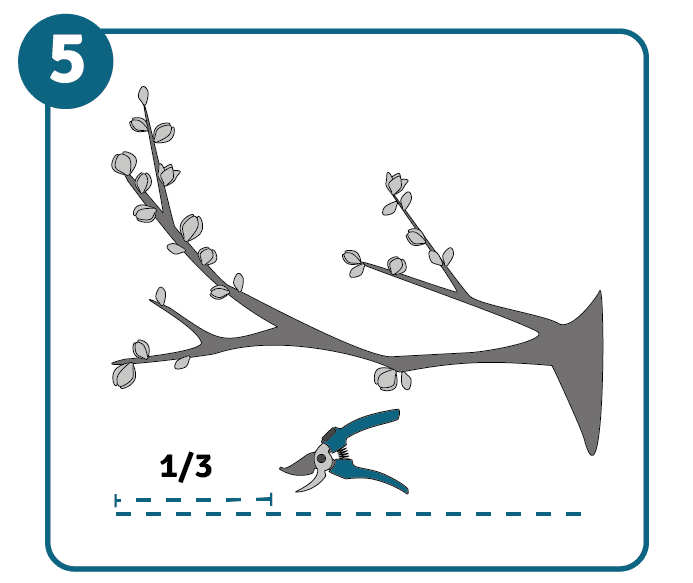 Shorten all young shoots by a maximum of one-third if you only want to stimulate the flowering and growth of your shrubs. For slow-growing plants, even less might be required.
Shorten all young shoots by a maximum of one-third if you only want to stimulate the flowering and growth of your shrubs. For slow-growing plants, even less might be required. - Thinning branches
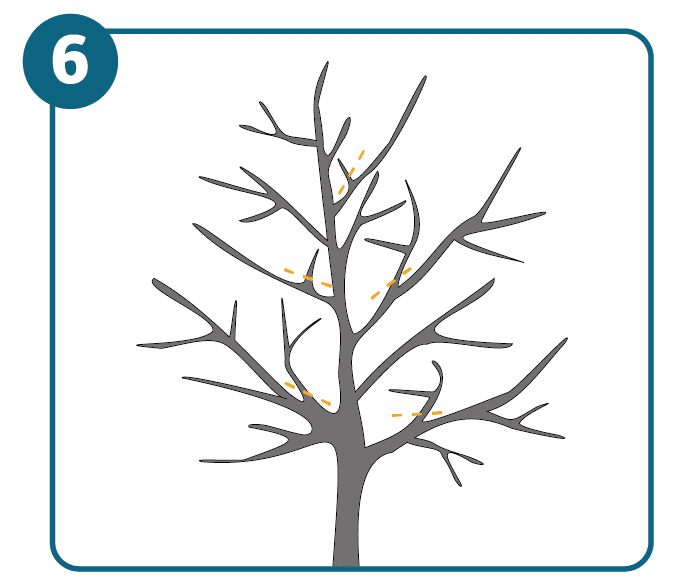 Thin out the crown of the leaves by cutting off all the branches that grow inwards close to the point of sprouting. In this way, all shoots will receive sufficient light, moisture, and nutrients in the future.
Thin out the crown of the leaves by cutting off all the branches that grow inwards close to the point of sprouting. In this way, all shoots will receive sufficient light, moisture, and nutrients in the future. - Shorten shoots (only for rejuvenation pruning)
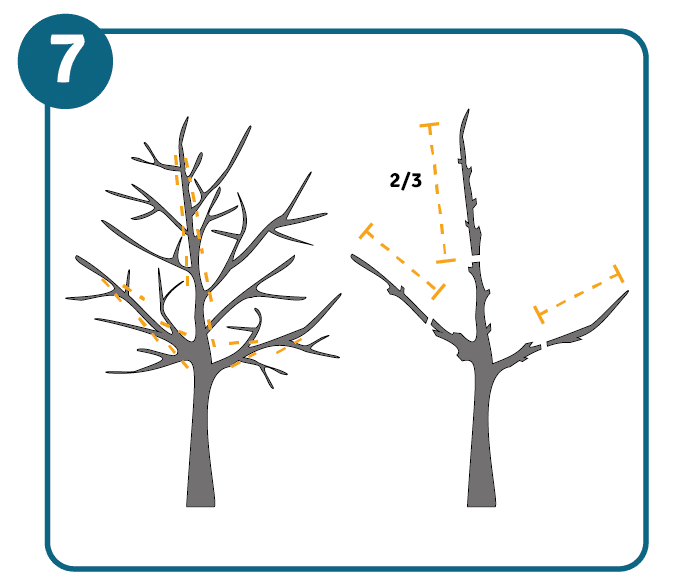 For radical pruning, cut off all the offshoots on the main branches and then shorten the remaining main shoots by about two-thirds. Cut back the outer branches as well!
For radical pruning, cut off all the offshoots on the main branches and then shorten the remaining main shoots by about two-thirds. Cut back the outer branches as well!
Caution: Leave this step out if you are pruning conifers! - Check Form
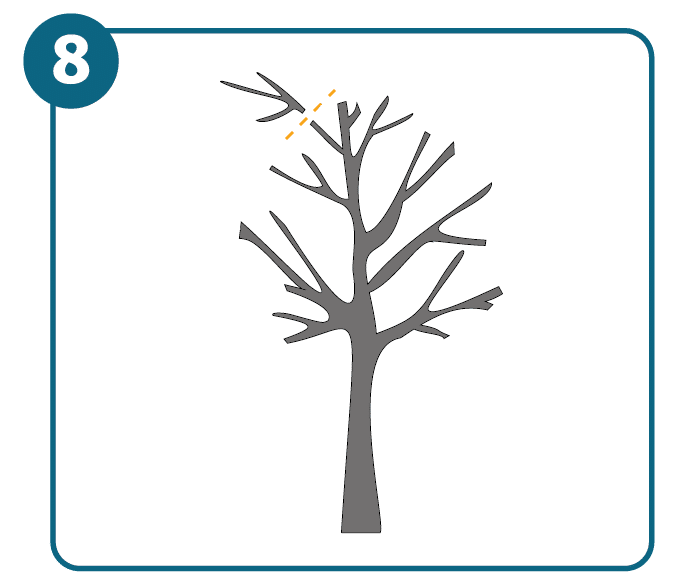 Finally, check whether the bush has the desired shape and make minor corrections, if necessary.
Finally, check whether the bush has the desired shape and make minor corrections, if necessary.
What you should consider when disposing of clippings
As soon as you are finished pruning your shrubs, you should dispose of the clippings as quickly as possible. Damp weather increases the risk of mould growth, which can rapidly spread to nearby plants if left unchecked.
In general, garden waste can be converted into compost and recycled easily. If you don’t have your own compost heap or have to cut so many shrubs that you will have too many clippings, consider the following options:
- Disposal via public authorities: Collect your clippings in a suitable container and hand them in at one of the collection points that can be found in most municipalities. If you also have a green waste bin, then you can have them collected free of charge.
- Shredding clippings: Use a shredder to chop the clippings into small pieces. After that, you can place it more easily on the compost heap or process it directly into mulch, which you can then use to cover the roots of your plants thereby providing much-needed nutrients.
If you are thinking of burning the shrub cuttings, you should first look into the legal situation in your place of residence. Burning garden waste may be restricted in certain areas and in some buildings.
FAQs about pruning shrubs
If you did not cut your shrubs or evergreens and simply left them to nature, then they would have significantly fewer flowers because older branches take away nutrients from the younger shoots. In addition, inflorescences and foliage move further and further outwards with the growing branches, creating more bald spots around the trunk.
Depending on the end goal, you might need to use different pruning techniques:
• Formative pruning is typically the first pruning after planting the shrubs. It is usually carried out after the first winter and flowering period and determines the shape of the shrub.
• Maintenance pruning helps your shrubs grow densely and evenly and is part of regular garden maintenance.
• With rejuvenation pruning, you can save shrubs that are already completely out of shape and showing large bald spots.
The best time depends primarily on the crop. Early flowering shrubs are usually pruned immediately after the flowering period, as they already create new inflorescences in autumn. For plants that flower later, shrub pruning takes place in autumn and is still possible until the following spring.
If you prune in winter, choose a dry, frost-free, day. In summer, a cooler day with overcast skies is optimal. Rain and high humidity should be avoided as well as bright, direct sunshine.
In general, garden waste can be converted into compost and recycled very well. If you don’t have your own compost heap or have to cut so many stems and branches that the clippings are simply too much, consider the following options:
• Disposal via municipal collection points
• Chop clippings into small pieces and recycle them into mulch
• Dispose of smaller quantities in organic waste.
If you’re considering burning your shrub cuttings, it’s important to check the local laws and regulations in your area first. The burning of garden waste might be restricted or prohibited in certain locations or types of buildings.
Image source:
© gettyimages.de – JulPo

